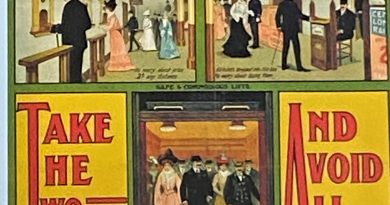Lutyen’s Architecture in Delhi
Rashtrapati Bhawan was once known as the Governor-General’s House, a magnificent building designed by Edwin Lutyens between 1911-1916. The Governor-General of India, or Viceroy, was the head of the British Administration from 1858 to 1947 (India’s independence) and remained in office until India had adopted its republican constitution in 1950.
Today, it is the residence of the President of India. The story goes that Lord Irwin constantly got lost in its 340 rooms (and fumed over it too). Everything about the building is big and grand – stairs, ceilings, ornaments and furniture to reinforce the importance of its occupant. Mahatma Gandhi, who highly respected Lord Irwin (see Gandhi-Irwin pact), famously and pragmatically suggested to him it should be turned into a hospital for the poor.
Rashtrapati Bhawan is used to describe the President’s Estate as well as the beautiful Mughal Gardens. The entire complex displays a wondrous mix of architectural styles, ie the most magnificent Durbar Hall under the main dome, which showcases the best of Indian and British architectural elements, and the Mughal Gardens combine Mughal and British landscaping talent.
The columns at the front entrance to the Durbar Hall have bells carved into their capitals, following the Lutyens’ reasoning that “the ringing of bells sound the end of an empire and stone bells never sound!” Despite this, the empire came to an end a brief 16 years later.
The guard changing ceremony resembles the one at Buckingham Palace, uniforms and horses included.
Visitors are allowed to visit the premises on Fridays, Saturdays and Sundays and it is well worth a visit to study a bit the architecture of the man who was responsible to design the administrative district of Delhi and with Rashtrapati Bhavan left a footprint of the British Empire that even now Indians have adopted as the heart of Delhi.




